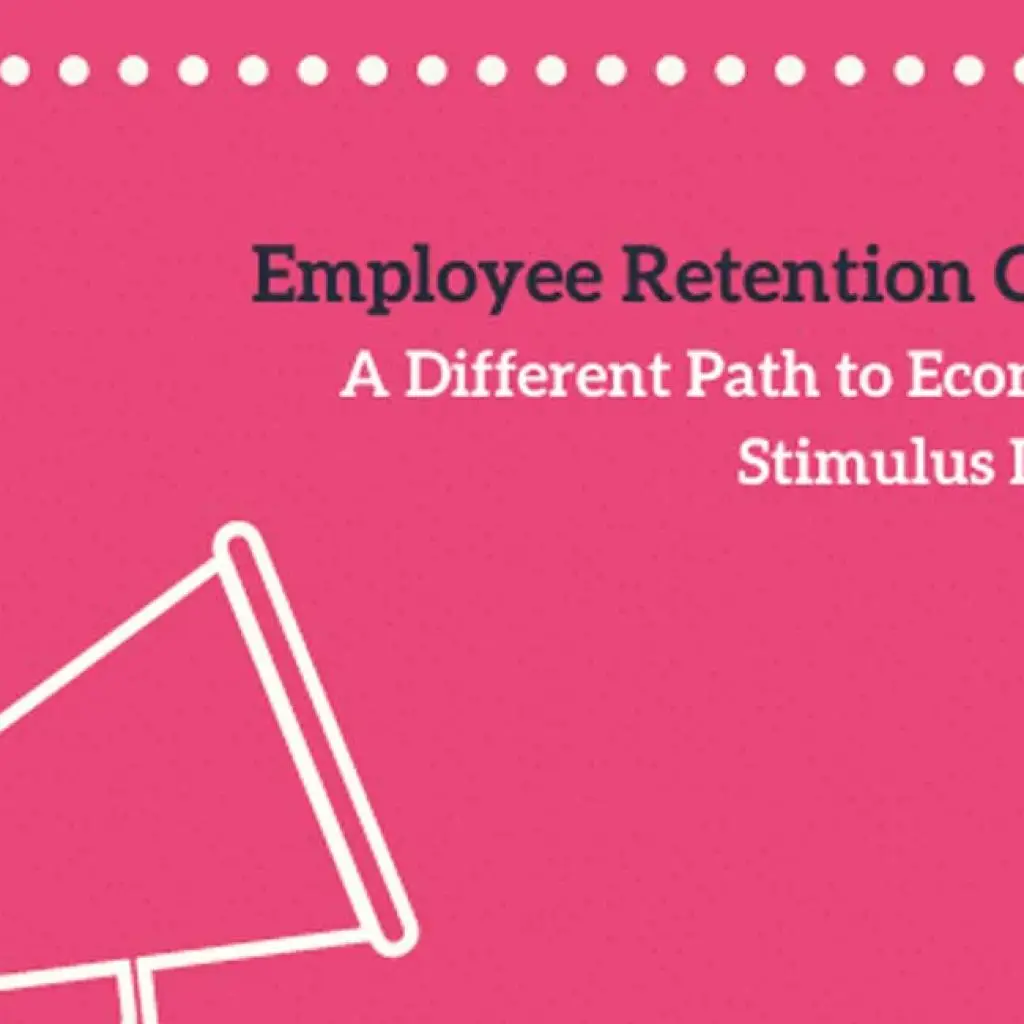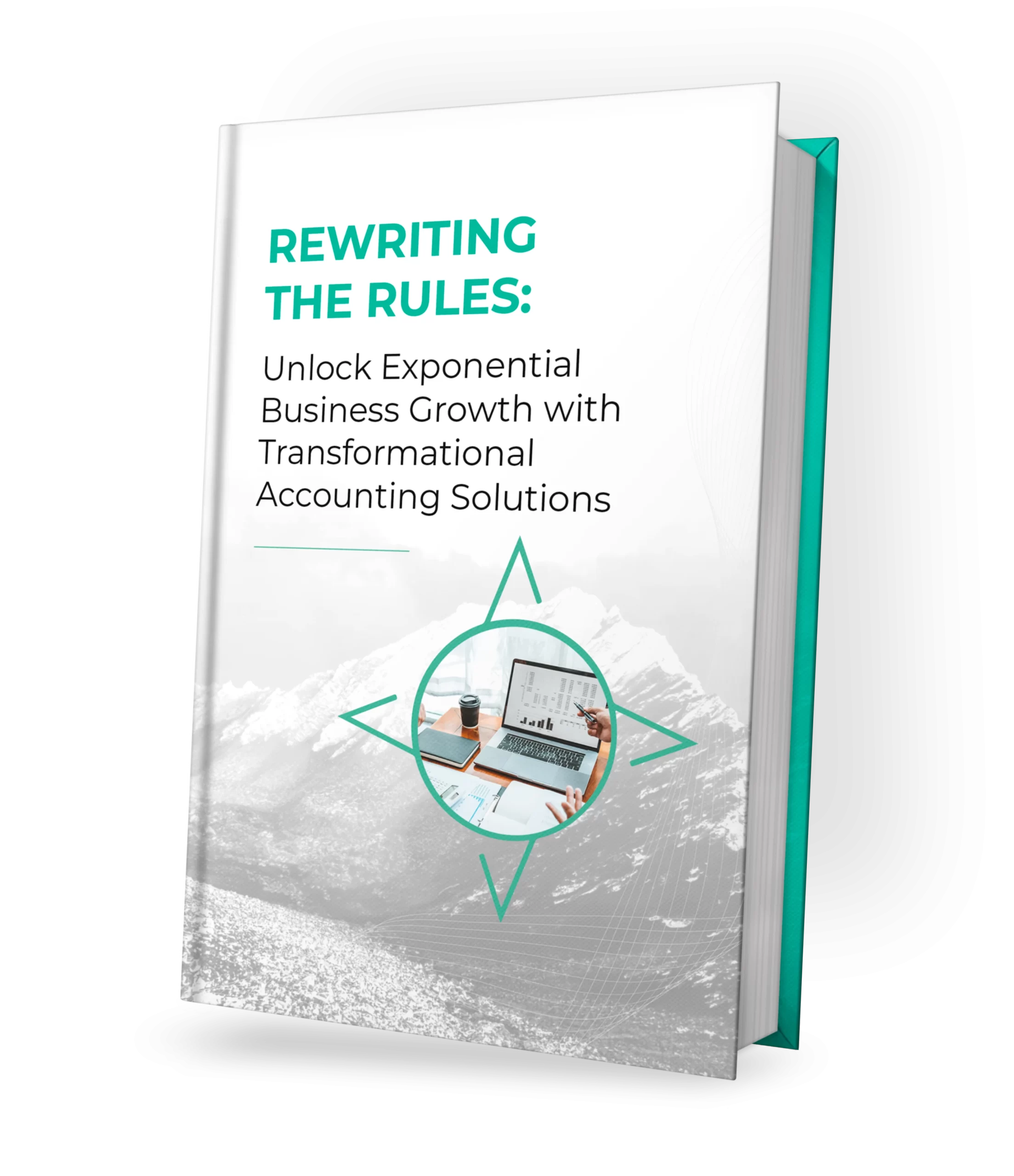ERC has been updated, this article may be out of date.
You may be aware of the Payroll Protection Program (PPP). A Small Business Administration (SBA) loan for about 2.5 months of payroll that will be forgiven if you follow the rules. The roll out of the PPP has been challenging for SBA, Treasury, and participating lenders. If you are frustrated or discouraged with the process there is another option to consider — The Employee Retention Credit.
The Employee Retention Credit was authorized by the Coronavirus Aid, Relief, and Economic Security Act (CARES Act). Along with many other provisions the CARES act also authorized the PPP and the EIDL. The goal of the act is to encourage Eligible Employers to keep employees on their payroll, despite experiencing economic hardship related to COVID-19.
The Employee Retention Credit may be less lucrative financially than PPP but it does not require an application process like PPP and your business qualifies automatically if it meets the requirements. Businesses cannot get both the PPP and the Employee Retention Credit so a thoughtful analysis is suggested. If your company has more than 100 employees make sure to see the note on Qualified Wages below.
Move fast but not too fast. The guidance on financial assistance related to the CARES act and COVID-19 is rapidly evolving. Verify current information before taking any action.
What is the Employee Retention Credit?
The Employee Retention Credit is a fully refundable tax credit for employers equal to 50 percent of qualified wages (including allocable qualified health plan expenses) that Eligible Employers pay their employees. This Employee Retention Credit applies to qualified wages paid after March 12, 2020, and before January 1, 2021. The maximum amount of qualified wages taken into account with respect to each employee for all calendar quarters is $10,000, so that the maximum credit for an Eligible Employer for qualified wages paid to any employee is $5,000.
Who is an Eligible Employer?
Eligible Employers for the purposes of the Employee Retention Credit are those that carry on a trade or business during calendar year 2020, including a tax-exempt organization, that either:
- Fully or partially suspends operation during any calendar quarter in 2020 due to orders from an appropriate governmental authority limiting commerce, travel, or group meetings (for commercial, social, religious, or other purposes) due to COVID-19; or
- Experiences a significant decline in gross receipts during the calendar quarter.
Since many states and localities have issued stay at home orders, we believe most businesses will become eligible under the first bullet point. Governments have limited commerce and travel due to the public health emergency.
How is the Maximum Amount of the Employee Retention Credit Available to Eligible Employers Determined?
The credit equals 50 percent of the qualified wages (including qualified health plan expenses) that an Eligible Employer pays in a calendar quarter. The maximum amount of qualified wages taken into account with respect to each employee for all calendar quarters is $10,000, so that the maximum credit for qualified wages paid to any employee is $5,000.
What are Qualified Wages?
Qualified wages are wages paid by an Eligible Employer to employees after March 12, 2020, and before January 1, 2021. Qualified wages include the Eligible Employer’s qualified health plan expenses that are properly allocable to the wages.
The definition of qualified wages depends, in part, on the average number of full-time employees employed by the Eligible Employer during 2019.
If the Eligible Employer averaged more than 100 full-time employees in 2019, qualified wages are the wages paid to an employee for time that the employee is not providing services due to either (1) a full or partial suspension of operations by order of a governmental authority due to COVID-19, or (2) a significant decline in gross receipts. For these employers, qualified wages taken into account for an employee may not exceed what the employee would have been paid for working an equivalent duration during the 30 days immediately preceding the period of economic hardship.
If the Eligible Employer averaged 100 or fewer full-time employees in 2019, qualified wages are the wages paid to any employee during any period of economic hardship described in (1) and (2) above.
How Does an Eligible Employer Claim the Refundable Tax Credit for Qualified Wages?
Eligible Employers will report their total qualified wages and the related credits for each calendar quarter on their federal employment tax returns, usually Form 941, Employer’s Quarterly Federal Tax Return. Form 941 is used to report income and social security and Medicare taxes withheld by the employer from employee wages, as well as the employer’s portion of social security and Medicare tax.
In anticipation of receiving the credits, Eligible Employers can fund qualified wages by accessing federal employment taxes, including withheld taxes, that are required to be deposited with the IRS or by requesting an advance of the credit from the IRS.
May an Eligible Employer Receive BOTH the Employee Retention Credit and the Payroll Protection Program (PPP) benefit?
No. An Eligible Employer may not receive the Employee Retention Credit if the Eligible Employer receives a Small Business Interruption Loan under the Paycheck Protection Program that is authorized under the CARES Act (“Paycheck Protection Loan”). An Eligible Employer that receives a paycheck protection loan should not claim Employee Retention Credits.
The information above is a subset of the FAQ published on the IRS website as of April 6, 2020. For more information please contact your Certified Public Accountant (CPA), attorney, or financial advisor.
Related Assistance
Visit the:
US Treasury Department CARES bill landing page
Small Business Administration (SBA) Coronavirus Resources landing page
Internal Revenue Service (IRS) Coronavirus Tax Relief landing page
At Proseer we guide entrepreneurs and high net worth families through the intricacies of taxes and accounting. If you have questions about how COVID-19 has impacted your business or tax position contact us.

